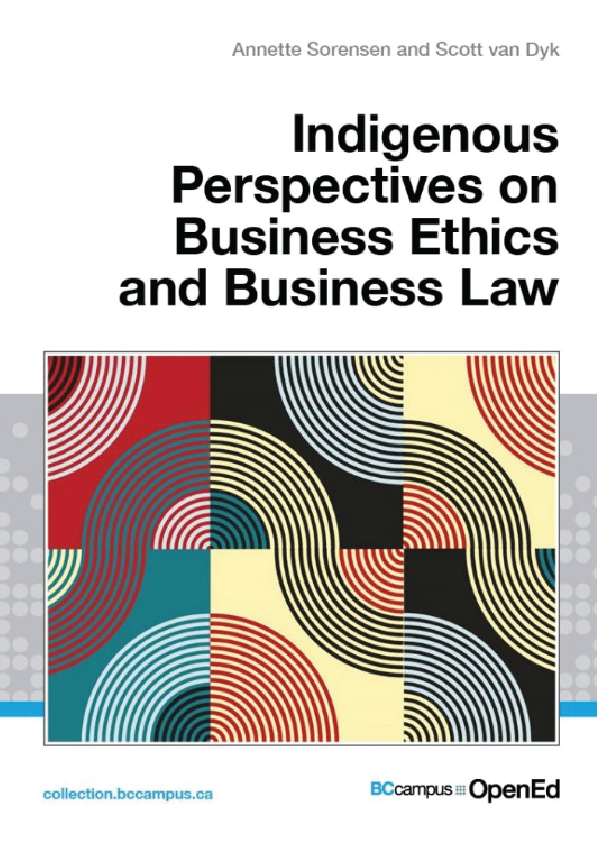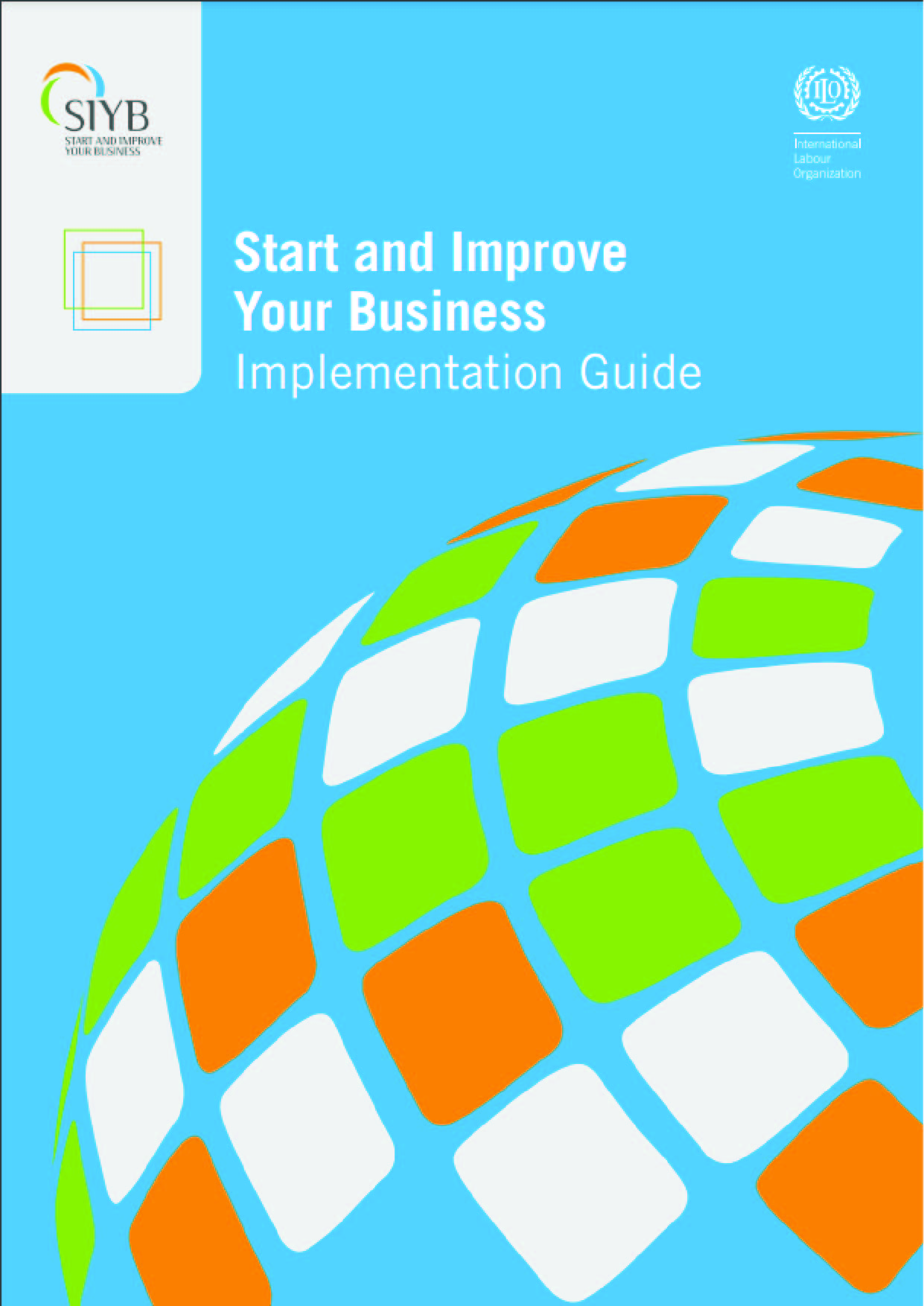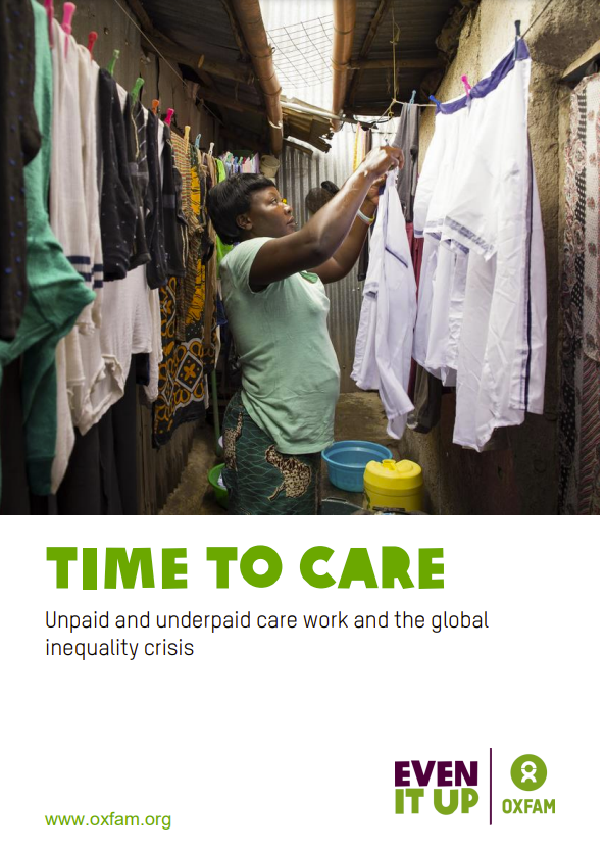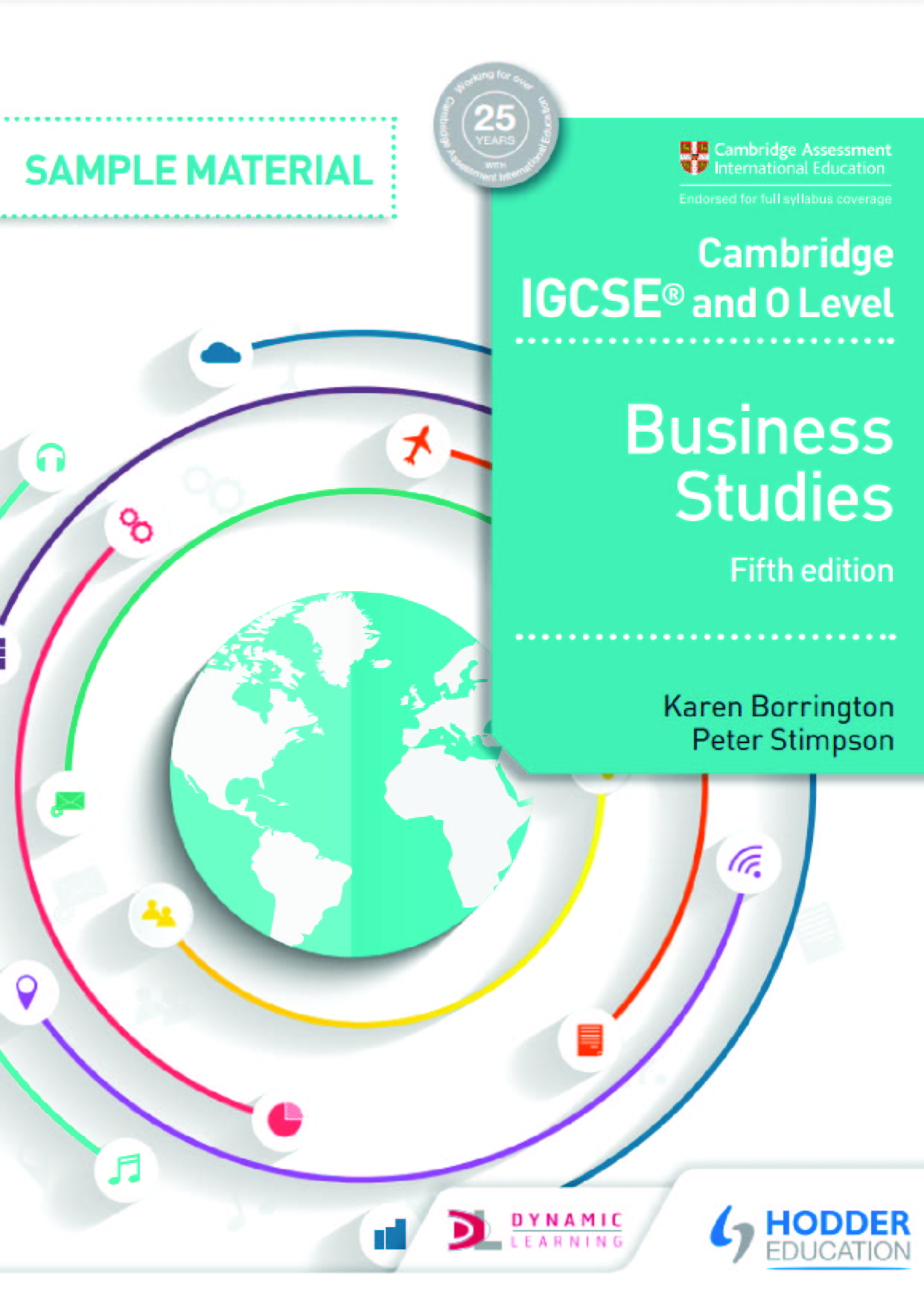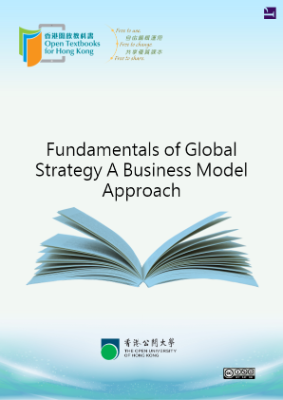Why We Wrote this Book
This project came about as the result of B.C. business textbooks that we consulted giving only a passing treatment of Indigenous Peoples and their communities, which seemed odd to us. All around us were the Truth and Reconciliation Commission’s Calls to Action [PDF] and the United Nations Declaration on the Rights of Indigenous Peoples (UNDRIP) articles that our institution, Coast Mountain College, was advocating for. A piece of that puzzle was “Indigenizing our curriculum,” which involved incorporating both Indigenous content and Indigenous means of learning. However, when we wanted to actually implement those recommendations in our classes by incorporating relevant content, we were stuck with what we had, which is to say that we were stuck with little more than nothing at all.
Business instructors had support available at an institutional level to incorporate Indigenous means of learning, but on an individual class basis, they were expected to incorporate Indigenous content where no published textbook content existed. If no content existed at all, instructors were rendered unable to do the subject matter justice. If instructors were lucky enough to have learned the relevant content in their own studies (which seems unlikely, considering how recent the Indigenizing movement is), then they spent valuable time making their own content, like we did.
We decided to formalize the work we’ve done so that other instructors and students could be the beneficiaries of our learning and growth journeys. We are proud to play a role in business schools implementing UNDRIP and the Calls to Action. Should there be shortcomings in our work, it is not the fault of the people who generously gave their time to us, but that of the authors alone.
We wish you well on your learning journey.
—Annette Sorensen and Scott van Dyk
Characters
This text uses the same characters throughout in various scenarios and questions. These characters are designed to reflect a wide swath of people who may be using this textbook and reflect the public at large.
Daniel is the project manager of a liquefied natural gas pipeline project that is to go through Indigenous territory.
British America and New France were both initially established as trading posts, then as colonies of their mother countries in the late 1500s through the early 1700s with the assistance of Indigenous persons in modern-day northeastern United States and eastern Canada.
In the 1750s, the French and Indian War was a theatre of the Seven Years’ War fought between Great Britain and France. British colonialists led by James Wolfe triumphed over New France led by Montcalm in the Battle of the Plains of Abraham (Eccles, 2021). However, that victory was not achieved without help from the Iroquois Confederacy, also known as the Five Nations: the Mohawk, Onondaga, Oneida, Cayuga, and Seneca (Bleiweis, 2013).
A problem arose in the aftermath of the French and Indian War. Colonials in British America, in search of new land, were travelling west into the continent. On their way, they purchased or stole lands from Indigenous persons, and asked their government to protect their newfound property. This westward expansion by colonialists was characterized by underhanded tactics, including alleged “sales” taking advantage of language disparities. Great Britain, cognizant of the critical assistance of the Iroquois Confederacy during the French and Indian War and the ceaseless expansionism of her colonial subjects, sought to manage the situation. In 1763, King George III issued a Royal Proclamation, which still applies in Canada today:
And whereas it is just and reasonable, and essential to our Interest, and the Security of our Colonies, that the several Nations or Tribes of Indians with whom We are connected, and who live under our Protection, should not be molested or disturbed in the Possession of such Parts of Our Dominions and Territories as, not having been ceded to or purchased by Us, are reserved to them or any of them, as their Hunting Grounds…
